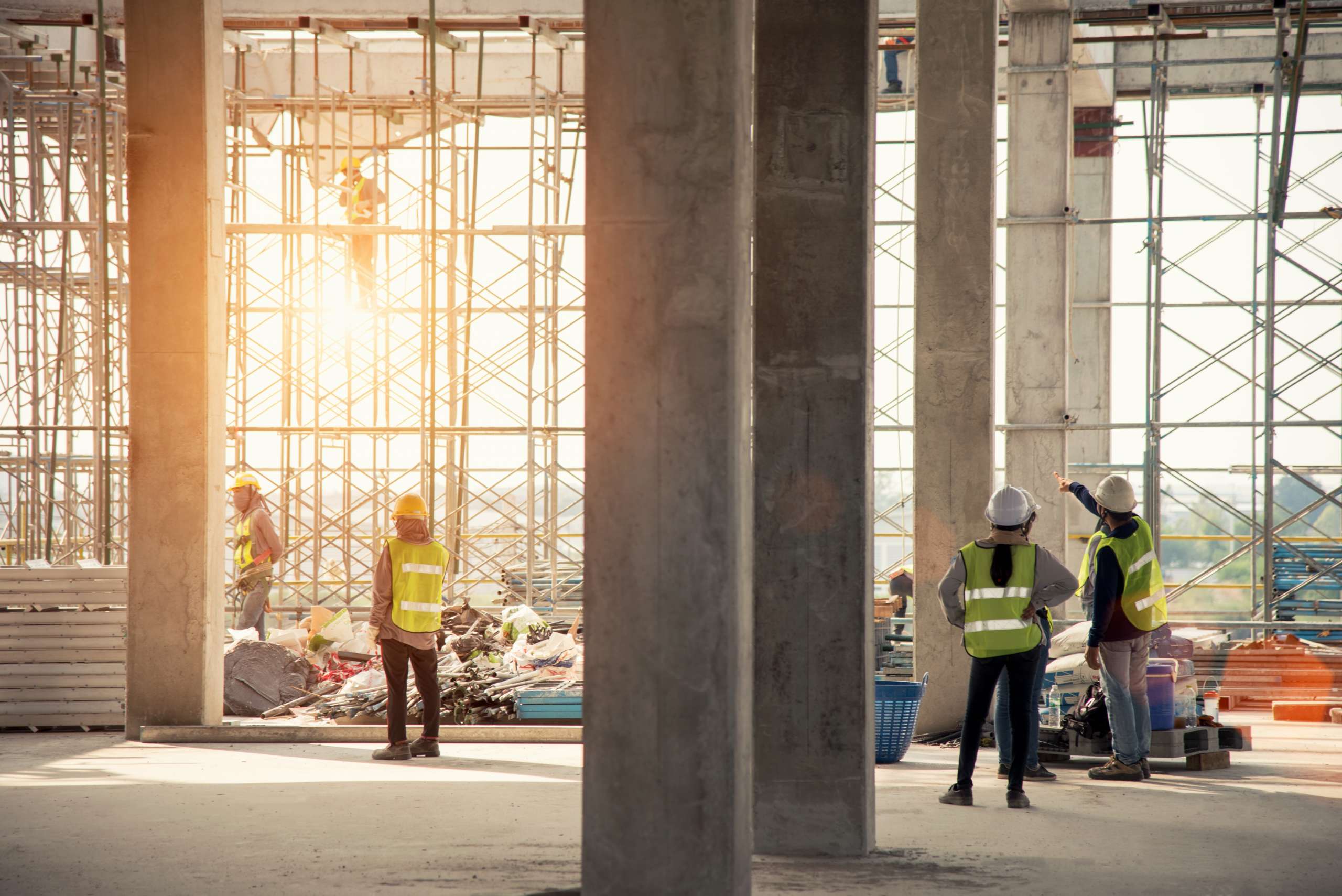The construction insurance market in Australia is changing in 2021, with some insurers leaving the market, resulting in an increase in pricing, rising excess levels, and more restrictions placed on policies and claims. In addition, COVID-19 has had an impact on the construction industry and related losses. New and changing reforms around Mandatory Insurance for those in the construction industry are worth noting, and may affect the market even further. Global and local market losses have been observed by insurers that provide cover to the construction industry, and in some cases these large-scale project failures are leading insurance providers to question their long-term suitability to serve insurance to the industry. Likewise, an increase in natural disasters and related losses has seen the premiums of insurance increase. In order to combat the changes to the construction insurance market in Australia, it’s important to understand the shifts in the industry, and work closely with your GSK Insurance broker to find the correct level, and provider, of construction insurance for you.
Global losses and project failures
2018 and 2019 saw market-defining losses in the construction sector and, combined with a large number of natural catastrophes which impacted projects, more and more insurance providers are exiting the construction insurance market. Flash floods, typhoons, hurricanes and project failures in high-profile oil, gas and hydroelectric fields globally have drawn attention to this layer of risk for insurers and insureds. Identifying the possible deterioration of profitability in this sector, insurance providers are opting out of offering insurance in the construction market. In addition, there has been a step away from long-term contract periods, with a heavier reliance on short-term risk management, further impacting how insurance is offered in construction.
Increased pricing
2020 saw the increase of contract works insurance premiums by around 30-35% in the Pacific. Similarly, the dynamics of the insurance market has shifted as more insurance providers have exited the construction market, leaving fewer competitors. With fewer insurance providers offering insurance in this sector, and with high associated risks of natural disasters and project failures, insurance premiums have risen. It is as important as ever to compare policies and providers to ensure the best deal is received.
Update to excess levels
As we have seen with premiums, excess levels have grown as a result of higher losses and fewer insurers providing insurance in the construction industry. In 2020, the cost of excesses increased 15-30%, making claims potentially quite costly for the insured party.
Change to more restrictive coverage
In order to mitigate the higher risks of natural disasters, project failures and losses, insurance companies still providing to the construction sector are, in some cases, restricting coverage. Projects involving airport loss exposure, marine works, COVID-19, and other associated risks are being subjected to greater scrutiny by insurance providers, likely leading to restrictive coverage if any cover will be provided at all. This shift means insurance policies providing construction coverage may be less comprehensive. The insurance providers are mitigating their losses by not providing coverage for these high-risk threats.
COVID-19
The global COVID-19 pandemic has had more repercussions than could have been predicted – and these repercussions will no doubt continue to be felt for some time. As a result, many insurance providers are now making allowances – or restrictions – for COVID-19 and what will or will not be covered as a result of related losses. As with every industry, COVID-19 had an impact on the construction insurance market and will continue to do so, and is another risk and potential loss responsible for driving up insurance premiums in the current market. COVID-19 related losses are sometimes covered under specific insurance policies, so it is worth investigating if it may affect your business.
Mandatory Insurance reforms
Reforms are being made in various states of Australia in regards to mandatory insurance in the construction industry. Some practitioners are required to be ‘adequately insured’ in their industry, including registered professional engineers, registered building practitioners, and registered design practitioners. It’s vital to understand these reforms and maintain the necessary level of insurance as stipulated in each state.
How these changes might affect you
With fewer insurance companies providing construction cover, businesses should invest time in working with their brokers to generate the best insurance outcome for them. Businesses can better their chance of a favourable insurance policy by actively reducing risks, demonstrating these reductions in risks, minimising claims, and building a sound relationship with insurers. These steps will assist businesses in finding the most comprehensive level of cover for the best price tag. Navigating the changes to the construction insurance market is the best way to limit increases to cost, while maintaining a broad level of cover. It’s worthwhile comparing insurance providers, their policies and related costs to get the best level of cover for your business. Get in touch with your GSK Insurance broker to see how your construction policy stands up in the current market, or if it is lacking the peace of mind you require.


